I was assembling a PCB today which had a circuit to connect the main module to an active GNSS antenna. I noticed that the inductor, a 47nH datasheet, had polarity markings on it, but I was unsure the proper orientation.
Could someone explain how this inductor could be polar and which orientation is correct in respect to the circuit diagram? I am not an expert in circuits by any means but I thought that an inductor was just a wound coil.
